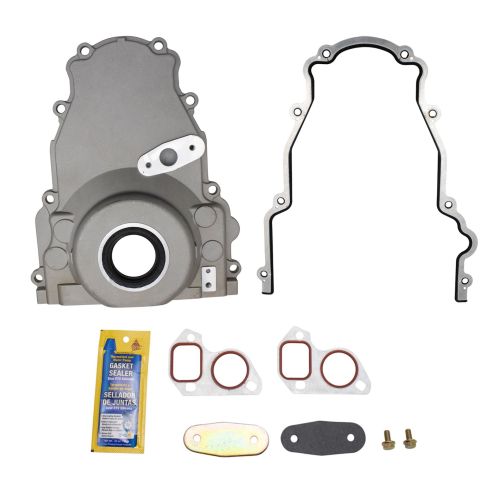Replaces
2005 Chevrolet Suburban 1500 V8 5.3L Timing Cover with Install Kit Dorman OE Solutions 635-515
Similar Items
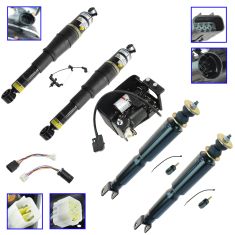
Replaces Chevrolet GMC Cadillac Front & Rear 5 Piece Air Suspension Kit Arnott ARSFK00016
$977.68
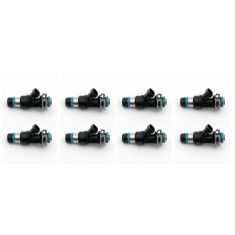
Replaces 8 Piece Fuel Injector Set Delphi DEEEK00023
$851.95
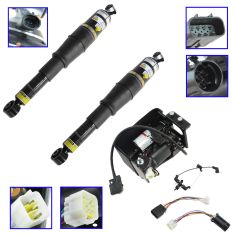
Replaces Chevrolet GMC Cadillac Rear 3 Piece Air Suspension Kit Arnott ARSFK00015
$849.95
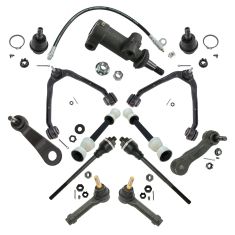
Replaces Chevrolet GMC Cadillac Front 13 Piece Steering & Suspension Kit MOOG MGSFK00141
$734.95
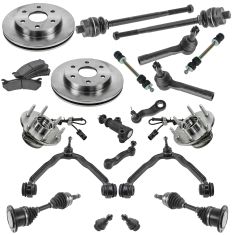
Replaces Chevrolet GMC Cadillac Front Steering, Suspension, & Brake Kit TRQ PSA64825
$634.95
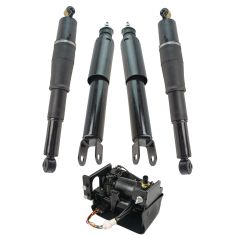
Replaces Chevrolet GMC Cadillac Front & Rear 5 Piece Air Suspension Kit TRQ PAA80074
$626.95
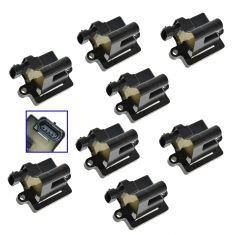
Replaces Chevrolet GMC Cadillac Hummer 8 Piece Ignition Coil Set ACDelco ACERK00006
$540.95
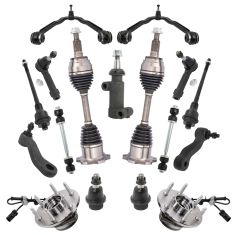
Replaces Chevrolet GMC Cadillac Front 17 Piece Steering, Suspension, & Drivetrain Kit TRQ PSA69967
$518.95
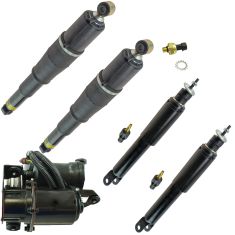
Replaces Chevrolet GMC Cadillac 5 Piece Air Suspension Kit TRQ PAA80152
$515.95





